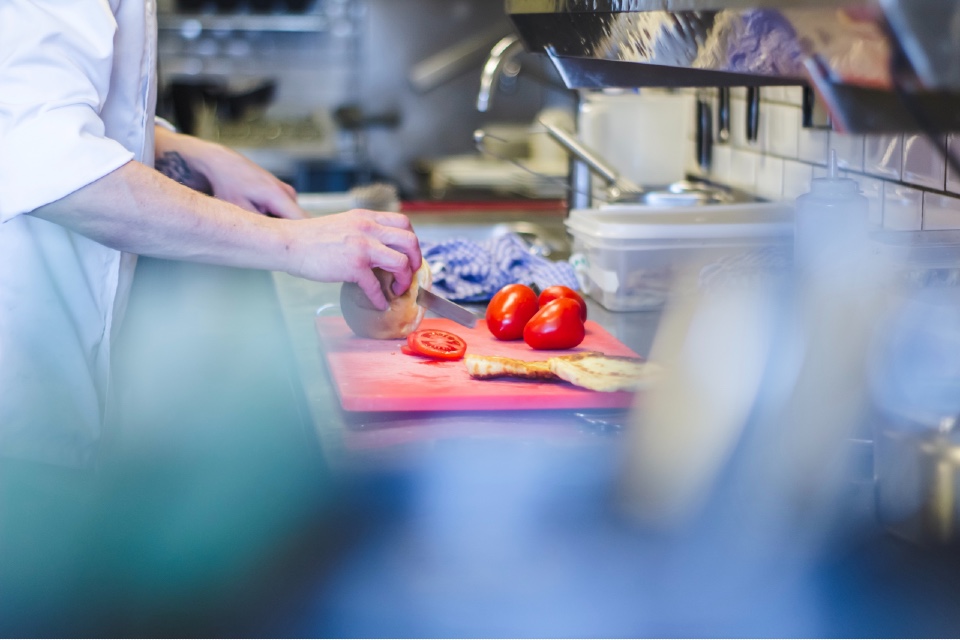Catering in care homes is a critical aspect of providing quality care, encompassing not just the nutritional needs of residents but also their overall wellbeing and quality of life. Care homes have two primary options for managing their catering requirements: in-house provision and outsourcing to third-party suppliers. Here we look at the advantages and challenges of both approaches to help care homes make informed decisions…
In-House Catering Provision
The in-house provision of catering services involves the care home managing its kitchen and dining services with its staff. One of the key advantages of this approach is the direct control over menu planning and food quality. In-house teams can tailor meals to the specific dietary needs and preferences of residents, ensuring a personalised dining experience. This can be particularly beneficial in care homes with residents who have special dietary requirements due to medical conditions or cultural preferences.
Additionally, in-house catering allows for greater flexibility in meal timings and menu changes. It can also contribute to a homelier atmosphere, with familiar staff members involved in meal preparation and service. This can enhance the overall experience for residents, making meal times a more social and enjoyable part of their day.
However, the in-house provision requires significant investment in kitchen facilities, equipment, and skilled personnel. It also involves the complexities of managing food procurement, adhering to food safety regulations, and handling kitchen operations. These factors can pose a challenge, especially for smaller care homes with limited resources.
Outsourcing to Third-Party Suppliers
Outsourcing catering services to third-party suppliers is an alternative approach. This option can offer several benefits, particularly in terms of operational efficiency and cost-effectiveness. Third-party suppliers often have economies of scale that can lead to cost savings, which is a significant consideration for care homes operating within tight budgets.
Professional catering companies bring expertise in nutrition, food safety, and culinary skills, potentially enhancing the quality and variety of meals provided. They also handle the complexities of food procurement, preparation, and compliance with health and safety standards, reducing the administrative burden on care home staff.
However, outsourcing can sometimes lead to a lack of personalisation in meal preparation. Menus are often pre-set and might not cater to individual preferences or specific dietary needs as effectively as in-house services. Additionally, the reliance on external providers can sometimes lead to issues with meal quality consistency and delivery reliability.
Conclusion
Both in-house and outsourced catering services have their merits and challenges. The decision largely depends on the specific circumstances of each care home, including their size, resources, resident needs, and organisational priorities. While in-house provision offers greater control and personalisation, outsourcing can be more cost-effective and less administratively burdensome. Ultimately, the chosen approach should align with the care home’s overarching aim of providing the best possible care and quality of life for its residents.
Are you searching for Catering solutions for your care home business? The Care Forum can help!
Photo by engin akyurt on Unsplash






